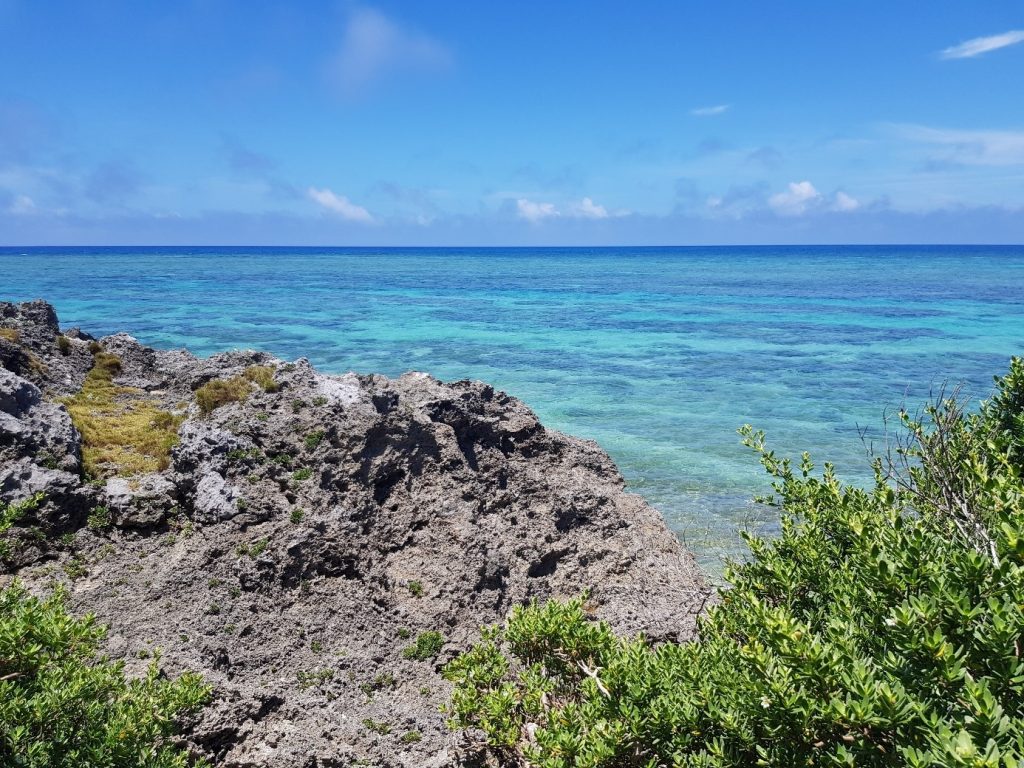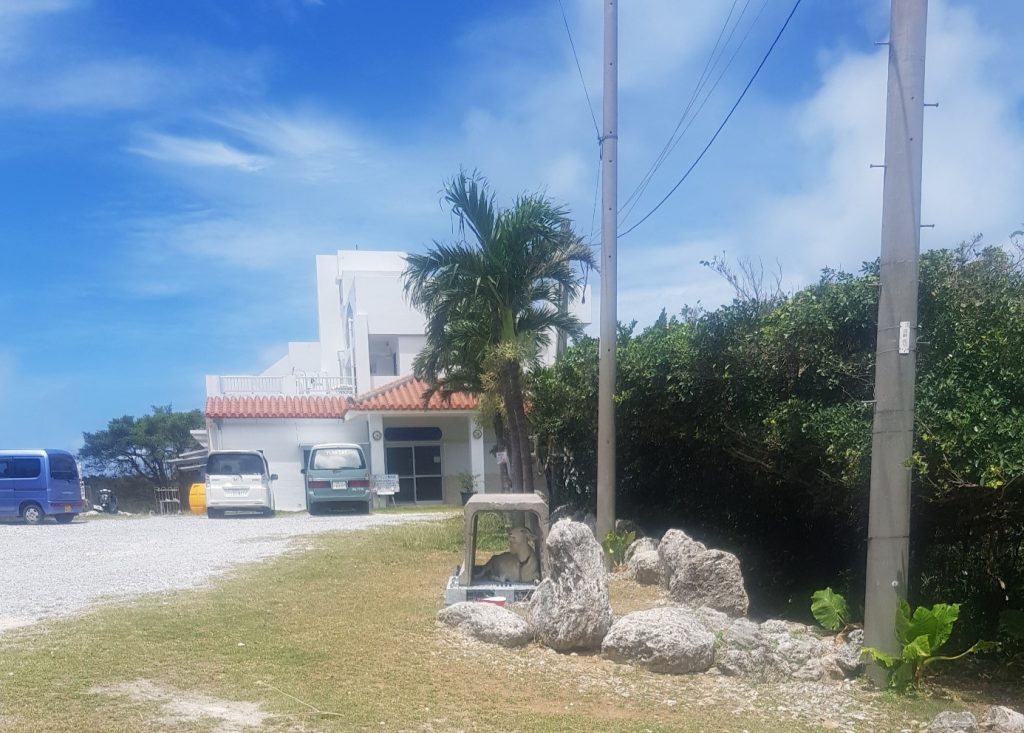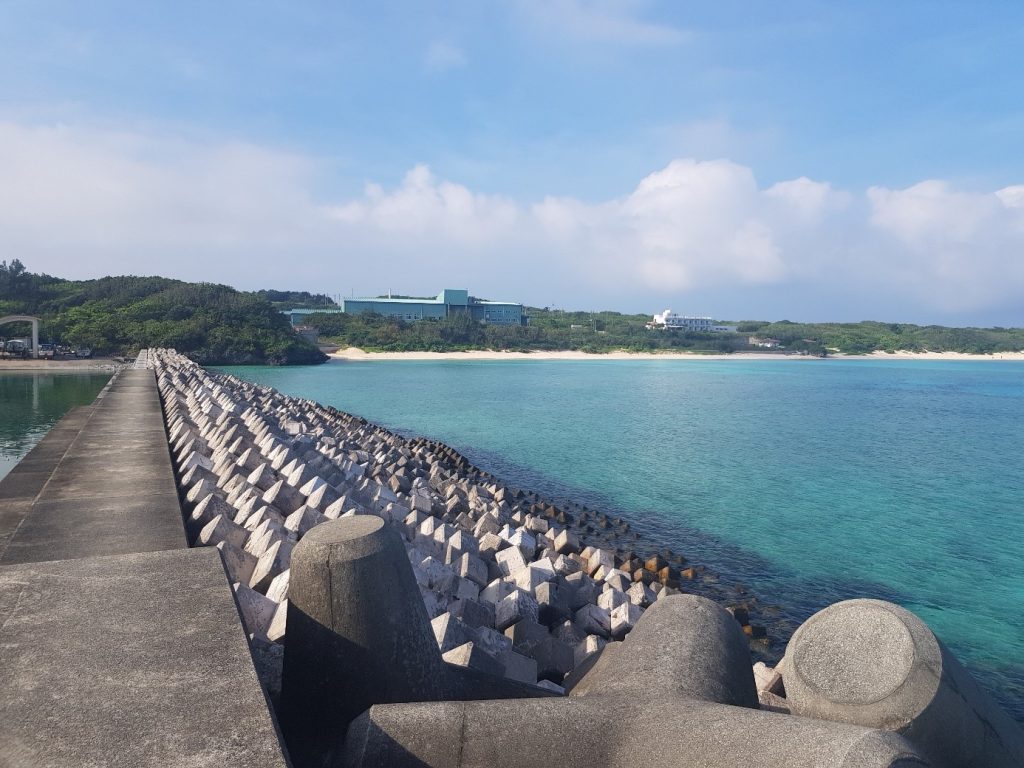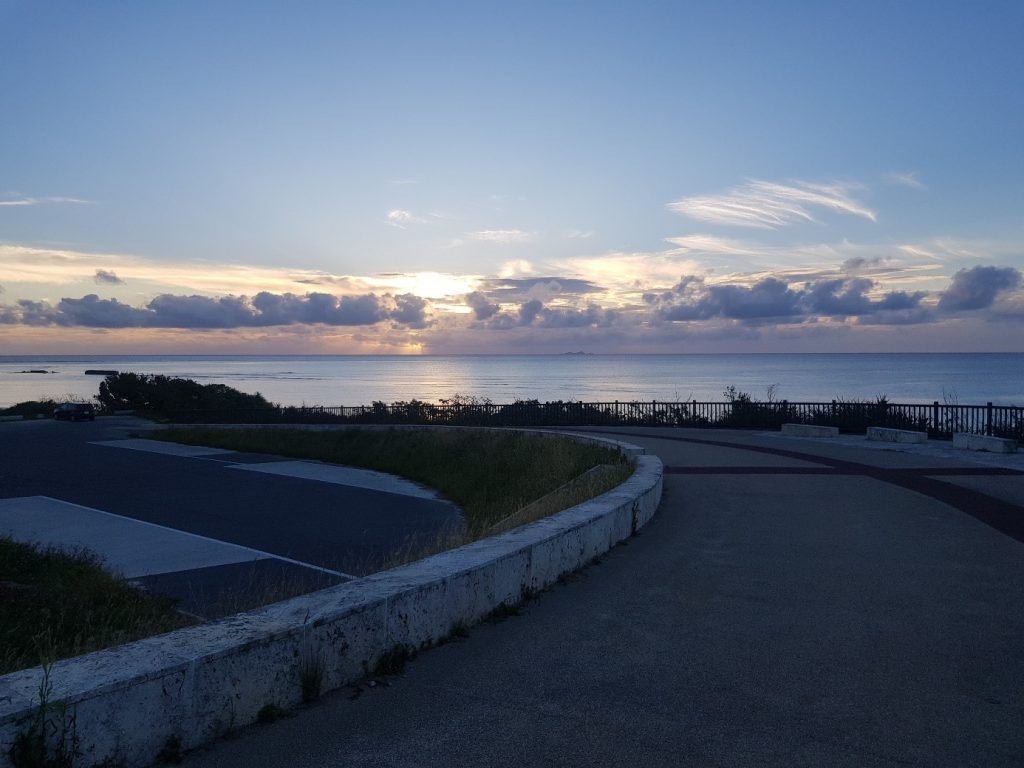by Kenny Stößel
In the 1980s, the book “Kirikirijin” by Hisashi Inoue was published in Japan. At that time, no one could have known the impact that this book would have on the entire island nation. “Kirikirijin” is about a village in northeastern Japan that went head-to-head with the Japanese government. Due to their dissatisfaction with the policies of the central government, the village decided to declare their independence and form a micronation called “Kirikirikuni”. The central government tried everything to stop the newly formed nation, with little to no success. Technical and medical advancements and procedures forbidden in Japan were made possible in Kirikirikuni, giving them leverage and support.

Copyright © Siraj Shahjahan 2024 Unsplash https://unsplash.com/de/s/fotos/insel-sado
The book became a huge success. All over the country, about 200 towns and villages decided to declare independence as a micronation, to the extent that it was called a boom in Japan. It has to be said that this was mostly for parody reasons and not to follow in the footsteps of the book, but the efforts made were more authentic than one might have expected. For example, one of these nations was the Republic of Alcohol. Founded in the former town of Mano, now known as Sado City in Niigata Prefecture, the Republic specialized in brewing alcohol, as one might expect. The micronation quickly gained nationwide recognition and was a major factor in the popularity of micronations and the connection between them as part of the United Nations, a group of mini-independent countries throughout Japan.

Copyright © Cornelia Reiher 2024
Another city that “declared independence” was the city of Nihonmatsu in Fukushima Prefecture, which formed the micronation “Niko Niko Republic”. It hosted various events, established its own House of Representatives, and stamped the passports of visitors. Even now, 40 years later, the memory of the republic is still close to the hearts of its residents. At first, the declaration of independence was only for marketing purposes, to promote the town’s onsen and give it a more unique character compared to the onsen of the neighboring village. This declaration of independence gave the republic great exposure and publicity. In addition, and due to a lack of money, the existing shops were given new signs declaring them as official ministries, giving the main street the feel of a theme park. They also invented a national anthem, a constitution, and even their own passports and currency. Slowly a national pride developed, students leaving for university were celebrated as exchange students and even greeted with parades when they completed their “exchange” (Watabe 2022).

Copyright © Cornelia Reiher 2024
In 2006, nearly two decades after its founding, the Republic was dissolved. This was due to an aging population and the lack of success of the onsen and the Republic itself, which led to the closure of businesses in the Republic and the micronation’s inability to support itself. Despite this, the republic is still remembered by its citizens, and many memorabilia such as signs, flags, and the self-created currency can be found all over the city. In 2021, 15 years after the Republic’s end, the town converted an old souvenir shop into the official Museum of the Republic of Niko Niko to offer the opportunity to relive and experience the events and charm of that time. Another reason for the new museum is the hope to raise awareness of the once cherished republic and to revive it. It can be said that even though the Republic has almost no online presence, it has achieved its goal of raising awareness, as people who attended Republic events as a child are beginning to get involved as organizers of new events, and even people younger than the Republic itself are advocating for the independent of Niko Niko Republic today. Despite these efforts, those involved in the revitalization efforts know that the Republic will never be the same. The goal is to rebuild the Republic in the old way, and then to create a newer and better place. Another goal of the revival of Niko Niko Republic is to provide inspiration for the younger generation, because the future of the town rests on their shoulders. (Watabe 2022).
The declaration of independence from Japan and the traction the town received from this action generated great revenue. Beginning with an attempt to make their onsen unique, a strong sense of “national pride” has developed through several generations and is contagious even to the new generations and young people long for a nation they barely know. With a successful revival of Niko Niko Republic, the town would be able to offer a unique form of rural tourism. This might help to counteract depopulation and economic decline in the area.
Reference:
Watabe, Akiko (2022), “Fukushima-ken Nihonmatsu: NikoNiko Kyōwakoku,” Turns 51: 64–69.
Kenny Stößel is a student in the BA program in Japanese Studies at the Freie Universität Berlin.




